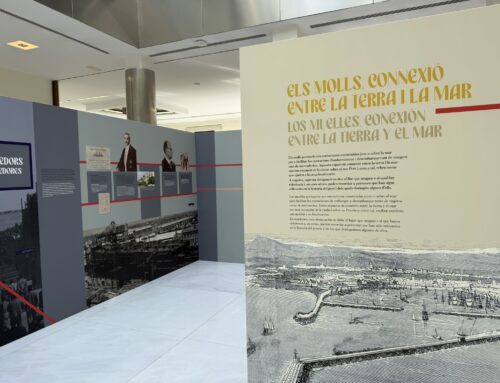We attach the text of the article by our president, Teófila Martínez, in Diario del Puerto.
36 RETE Meeting: renewed commitment to port-city integration
By Teófila Martínez Saiz (*)
Just a few days ago, more than a hundred people gathered in Huelva, in person and online, to discuss and analyze, for two days, different models of port-city integration. The 36th Meeting of RETE, the Association for collaboration between ports and cities, has brought together technicians, academics, entrepreneurs and operators, managers and representatives of different European and Latin American ports and cities, thanks to the collaboration of the Port Authority of Huelva.
On the table, very diverse issues and examples and, especially, rigorous analysis of successful models, among which the experience of the port of Huelva and its emblematic Muelle de Levante.
Every process of integration -port and city- has common aspects: possibilities of land, equipment, infrastructures, resources, economic activities, which then vary depending on the contexts and characteristics of each maritime or fluvial environment.
On this occasion, in addition to exposing the attractive dynamics of integration in large international ports, RETE wanted to focus on regional facilities: the numerous small ports located where these facilities are not of general interest, but are extremely important for their populations. We are talking about fishing ports that coexist with sports marinas, beaches and tourist areas, which must also look to the future from shared perspectives.
The opportunities generated by port and city integration actions are many, although they are generally processes that are dilated over time. It is necessary to achieve consensus, overcome obstacles, obtain authorizations and obtain financing until projects can be started, not without complicated public bidding processes.
That is why, whether in large or small port cities, it is essential to maintain continuous communication and transparency with citizens. In this sense, the examples shown by integration processes such as Bilbao and Barcelona have highlighted the need to maintain this thread of communication with society and its different stakeholders over time. If we don’t explain them well, if we don’t reach people, opportunities can be lost and frustration can be generated.
In the same way, we have discussed the importance of culture as an integrating nexus of ports and cities, because we are talking about projects that should not only generate physical spaces: society has to make them its own through social, cultural, economic or sports participation. To do this, we must identify leaders and social representatives and not stop keeping communication open.
We are on the right track, treasuring from RETE experiences that we show through our committees and scientific publications, Portus and Portus Plus, on our web site. Our mission puts in the target of our activities to be useful. From large infrastructures that free thousands of meters, huge surfaces, to small ports in which a small performance generates enough spaces to widen a walk, have benches and be able to organize exhibitions.
My infinite gratitude to attendees, speakers and collaborators for this 36th Meeting that has renewed our commitment to mark a balanced development of social groups, cities and port entities around the world.
(*) President of the Port Authority of the Bay of Cádiz and president of RETE, Association for collaboration between ports and cities






